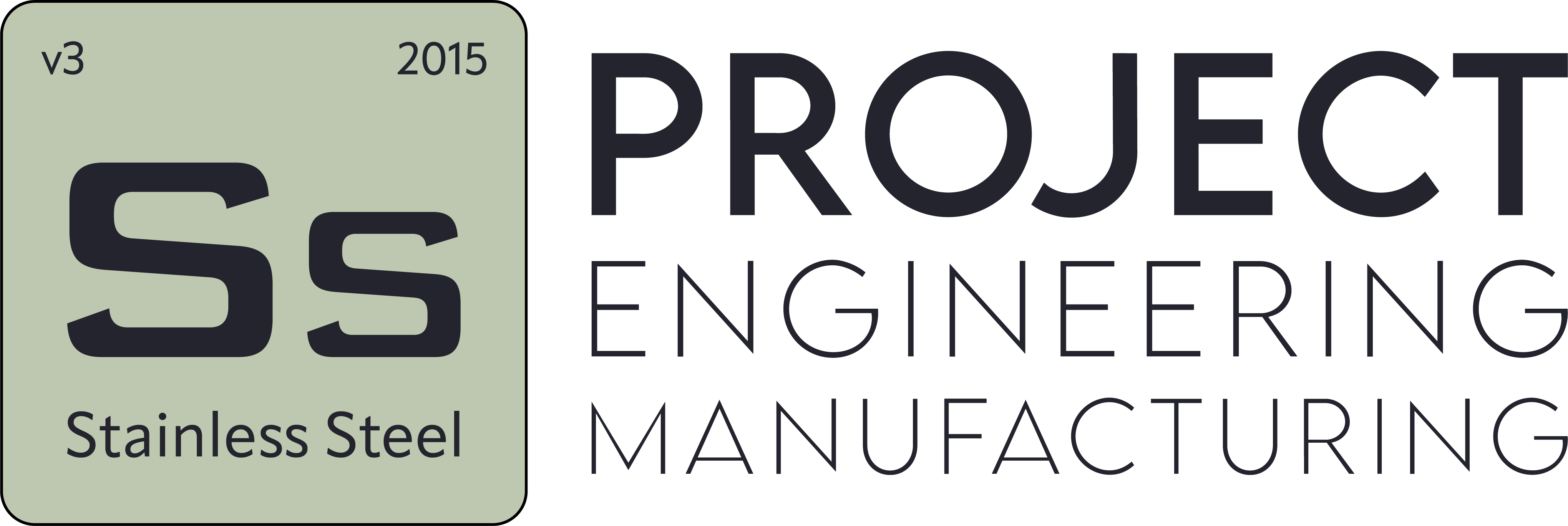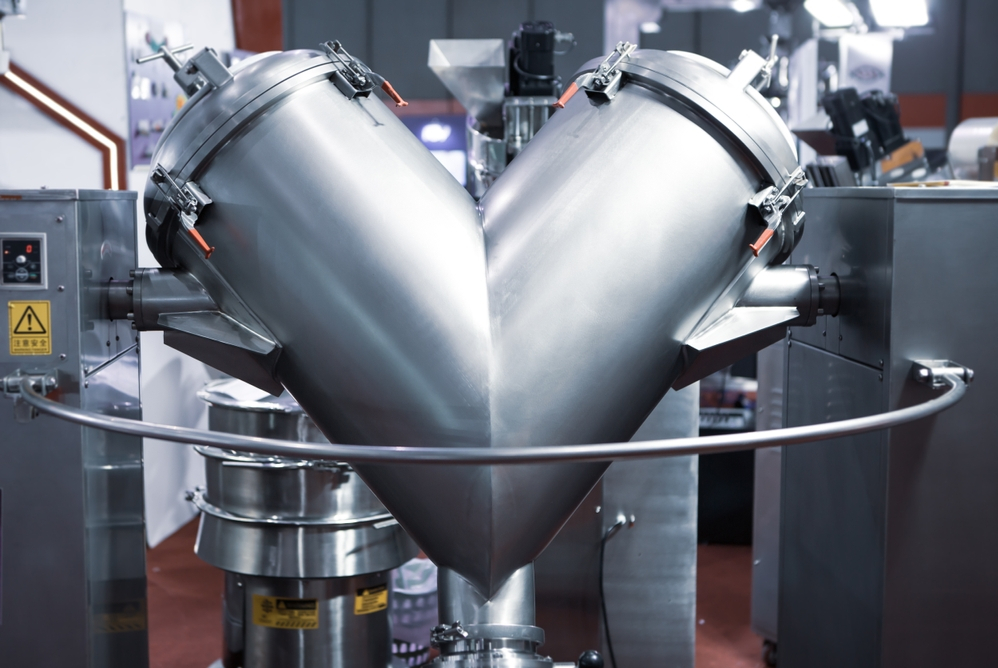Liquid System Powder Integration
- Blog
- Liquid System Powder Integration
Liquid System Powder Integration
Table of Contents
- What Is Powder Integration in Liquid Systems?
- In Which Industries Has Powder Integration System Become Mandatory?
- How Is Powder Dosing in Liquid Systems Automated?
- How Are Powder Feeding Systems Integrated into Liquid Lines?
- How Do Powder-Liquid Integration Systems Enhance Efficiency in the Chemical Industry?
- What Does Powder and Liquid System Integration Provide in Terms of Hygiene in Food Production?
- What Are the Differences Between Powder Integration Systems and Manual Dosing?
What Is Powder Integration in Liquid Systems?
Powder integration in liquid systems is a technological solution that enables the precise and automated addition of powder raw materials to liquid-based production lines. Widely used in industries such as chemicals, pharmaceuticals, food, and cosmetics, this method enhances production quality while minimizing human error.
In manual applications, inconsistent powder quantities can lead to fluctuations in product quality. Automation systems, however, ensure consistent dosing at the same quantity and speed each time, providing high reliability. Additionally, dust dispersion that occurs in open systems is eliminated in automated, closed-loop integration structures. This offers significant advantages in terms of both hygiene and workplace safety.
The system typically consists of vacuum conveyors, mixers, and automated control panels. Each component works together to ensure the homogeneous distribution of powder into the liquid. Offering speed, cleanliness, accuracy, and sustainability, this method has become an indispensable standard in modern industrial facilities.
In Which Industries Has Powder Integration System Become Mandatory?
Powder integration systems have become mandatory in industries requiring precise formulations and high production standards. The food, chemical, pharmaceutical, and cosmetic industries, in particular, rely on these systems as a standard for production lines where powder and liquid components must be mixed in precise ratios under hygienic conditions.
In the food industry, full compliance with hygiene regulations is essential when mixing powder components like flour, sugar, or additives with liquids. Open systems increase the risk of contamination, whereas automated powder integration systems eliminate this risk. The same applies to the pharmaceutical industry, where the accurate dosing of active ingredients is critical for the safety of therapeutic products.
In the chemical and cosmetic industries, dosing errors in high-volume production directly impact product quality. Moreover, dust dispersion into the environment can harm worker health and pose workplace safety risks.
In line with legal regulations, quality certifications, and industry standards, these systems have transitioned from being optional to mandatory in many sectors.

How Is Powder Dosing in Liquid Systems Automated?
Powder dosing in liquid systems is automated using advanced measurement, transfer, and mixing equipment integrated into production lines. The goal is to ensure the correct amount of powder is added to the liquid phase in every production cycle, eliminating human-induced errors.
The first step involves transferring powder raw materials from silos or bag-emptying systems in a controlled manner. Typically, screw conveyors or vacuum transfer systems are used. The powder is directed to an automated dosing unit, where weighing systems control the quantity, stopping the transfer once the target amount is reached.
The powder is then directed to the liquid tank, where the mixing process begins. Mixers ensure the powder is fully and homogeneously dispersed in the liquid. The entire process is managed through a PLC-controlled automation panel. Operators only need to input the necessary parameters, and the system executes the remaining steps according to its control algorithms.
This structure provides continuity, speed, accuracy, and hygiene advantages, contributing to maintaining quality standards in industrial processes.
How Are Powder Feeding Systems Integrated into Liquid Lines?
Powder feeding systems are integrated into liquid lines using automation-based engineering solutions. The primary goal is to ensure the controlled, precise, and continuous addition of solid raw materials to the liquid phase. The system is designed based on the production line’s capacity, the viscosity of the product, and the physical properties of the powder used.
In the first stage, powder raw materials are sourced from big bags, sacks, or silos. They are then directed to the dosing unit through closed-loop systems using vacuum transfer systems or screw feeders. Precise weighing systems ensure the desired amount is transferred. Since there is no external contact during the process, dust dispersion into the air is prevented, ensuring hygiene and workplace safety.
The entry point of the powder into the liquid line is typically at the mixing tank. High-efficiency mixers ensure the powder fully dissolves and forms a homogeneous structure in the liquid. The entire process is monitored and managed through a PLC-controlled automation system, enabling production lines to operate more stably, safely, and efficiently.
How Do Powder-Liquid Integration Systems Enhance Efficiency in the Chemical Industry?
Powder-liquid integration systems significantly enhance efficiency in the chemical industry, where production processes require high precision and repeatability. These systems are particularly utilized in reactor feeding, mixture preparation, and additive dosing stages.
Automated integration structures enable the seamless and precise transfer of powder raw materials into the liquid medium. The elimination of manual intervention reduces human error to a minimum. Processes are completed faster, delays are avoided, and material waste is prevented, making raw material usage more efficient and reducing production time.
Operating as closed systems, these structures prevent dust dispersion, enhancing workplace safety and reducing cleaning requirements. Additionally, integration systems can be designed to be compatible with existing production lines. Recipe-based operation capabilities provided by automation infrastructure accelerate transitions between different product variations.
Efficiency is enhanced not only in production speed but also in quality, cost control, and sustainability, providing a competitive advantage.
What Does Powder and Liquid System Integration Provide in Terms of Hygiene in Food Production?
Powder and liquid system integration in food production is critical for both product quality and consumer health. These systems enhance hygiene levels by reducing physical contact and eliminating the risk of cross-contamination. Manual powder addition in open environments can lead to particle dispersion and environmental contamination, but integrated systems eliminate these risks through closed-loop transfer.
Automated dosing and mixing systems perform operations without operator intervention, reducing the risk of microbiological contamination to a minimum. Additionally, these structures, compatible with CIP (Clean-in-Place) cleaning systems, offer regular and effective cleaning capabilities.
Transferring powders to liquid systems without exposure to moisture, temperature, or external environments also helps preserve raw materials. This extends product shelf life and facilitates compliance with quality standards. Integrating hygiene into production processes ensures sustainable food safety and successful regulatory inspections.
What Are the Differences Between Powder Integration Systems and Manual Dosing?
Powder integration systems and manual dosing differ significantly. Automated powder integration systems ensure the controlled, precise, and repeatable addition of powder components to the liquid phase. Manual dosing, however, involves operators manually adding specific amounts of powder, which comes with several disadvantages.
In automated systems, measurement errors are largely eliminated because dosing is performed precisely using electronic sensors and weighing units. In manual dosing, human-induced errors, incorrect measurements, or inconsistencies in mixing are common, leading to fluctuations in product quality.
From a workplace safety perspective, automated systems prevent dust dispersion, while manual methods allow powder particles to spread into the air, potentially harming workers’ health. Additionally, automated solutions increase production speed and provide continuous operation. Manual dosing, on the other hand, is slower, labor-intensive, and carries a higher risk of errors.


